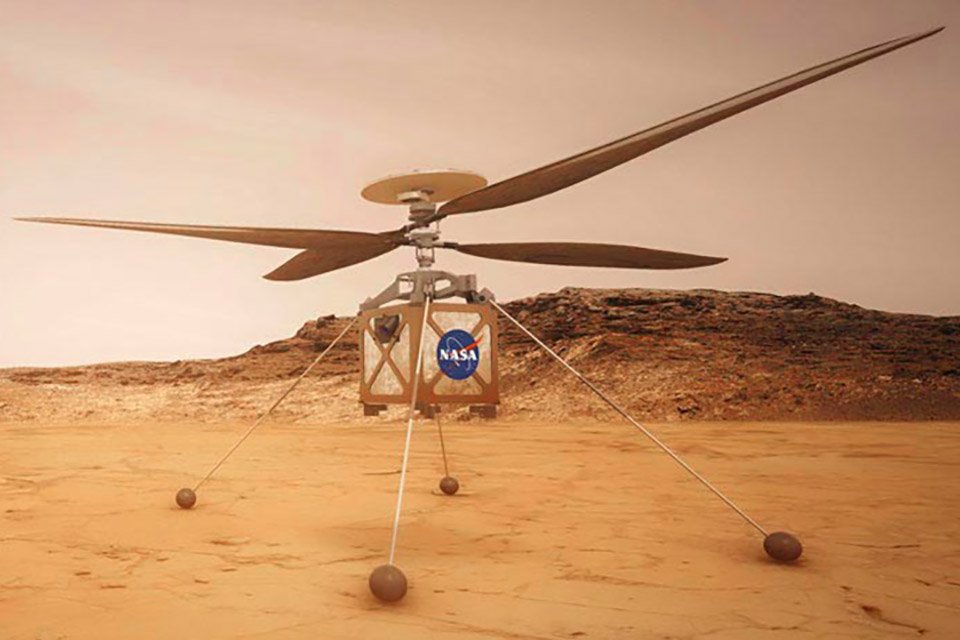The success of NASA’s Ingenuity helicopter, This discovery, which has been carrying out surprise missions to Mars since February 2021, inspired a group of scientists to propose the use of this pioneering technology to conduct research on the magnetic field of the red planet’s crust.
The idea is Robotic solar helicopters carry magnetometers that could answer some important questions about the planet’s evolution. These geophysical probes, used to search for minerals on Earth, could help scientists better understand the geology of Mars and the history of its currently absent magnetic field.
However, this scenario was not always like this. Based on orbiters (NASA’s Mars Global Surveyor and Mars Atmosphere and Volatile Evolution, as well as China’s Tianwen-1), researchers found that billions of years ago, The Red Planet’s internal processes were active enough to drive a global magnetic field like Earth’s..
Investigation of Mars’ magnetic field
According to the first author of the article, Dr. “The global magnetic field of a planet (like Earth’s) is driven by the strong convection of iron in the core and is therefore an expression of what is going on deep inside,” Anna Mittelholz from Harvard University in the US explained to Universe Today.
The existence of this protection is related to important processes such as stabilization of a habitable earth’s atmosphere. Scientists suggest that about four billion years ago, Mars had a magnetic field that provided a much more hospitable environment than today. The Martian landscape even included the flow of liquid water across the surface.
Geological scenario for helicopter flights on Mars
To perform these difficult measurements, the team created magnetization models and evaluated three geological scenarios for helicopter operations on Mars. The first was a magnetized crater, followed by separate layers of magnetized crust and finally a magnetized dike entrance. It occurs when magma seeps into rock fractures and solidifies.
Evaluation of the scenarios showed that airborne measurements provide better data, especially when magnetic activity is quieter, with less interaction with charged solar wind particles. They also confirmed the importance of magnetic data collected by the magnetometer on NASA’s InSight lander, which is decommissioned in December 2022.
The overall goal of the research, which used magnetic field data to identify iron-containing resources, was to examine how magnetic field shielding could protect future astronauts from solar and cosmic radiation. Extremely higher than those in the world, exposure at these levels doomed the entire planet to an apparent death under freezing temperatures, without liquid water.
Did you like the content? So follow all the astronomy news on TecMundo and get the opportunity to find out whether it is myth or reality that humans will be able to visit Mars this century.
Source: Tec Mundo
I’m Blaine Morgan, an experienced journalist and writer with over 8 years of experience in the tech industry. My expertise lies in writing about technology news and trends, covering everything from cutting-edge gadgets to emerging software developments. I’ve written for several leading publications including Gadget Onus where I am an author.













